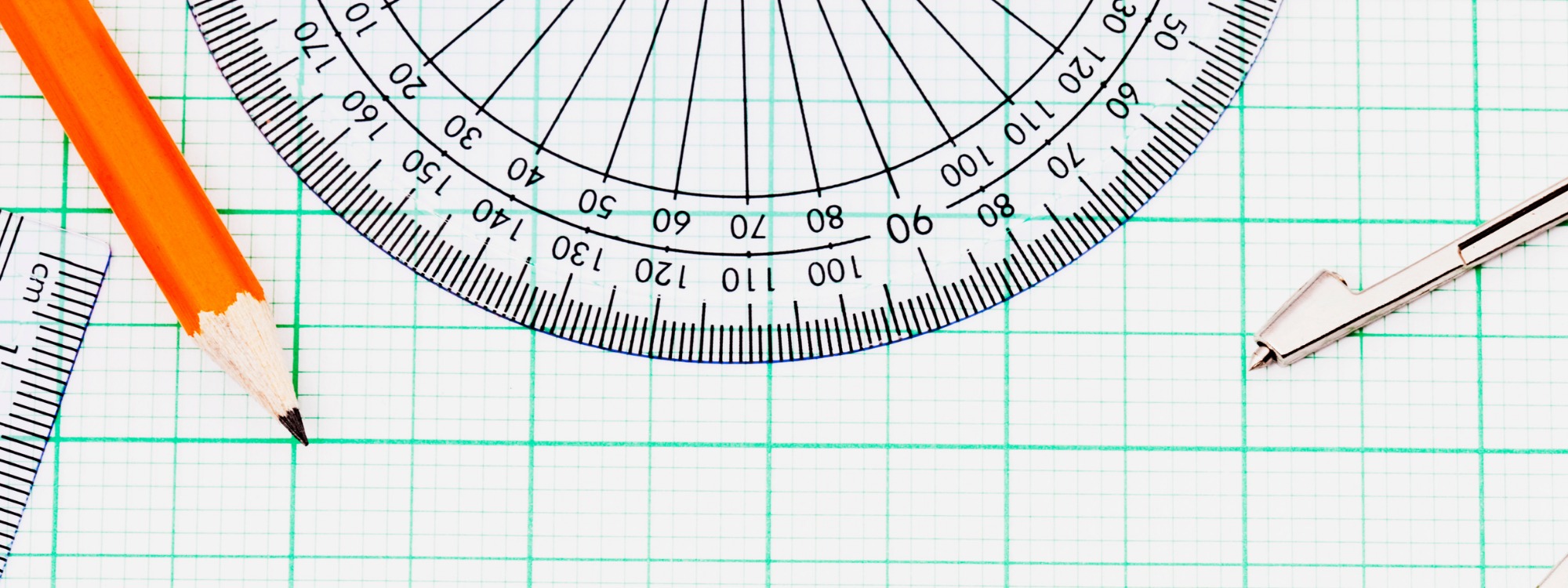
KS3 - Mathematics
At SLGGS we want all students to enjoy learning and exploring mathematics and to become confident and independent mathematicians with the skills necessary to be successful in examinations and to progress to the next stages of their education, future careers and everyday life. Our KS3 curriculum aims to build confidence and resilience in our students, and enables them to develop deep, rich and secure subject knowledge. We aim to challenge, inspire, and ignite curiosity in our students, and we want them to become fluent in the fundamentals of mathematics, to develop powers of reasoning and the ability to think creatively and solve problems.
Our curriculum is carefully sequenced so that subject knowledge and understanding can progress term by term and year by year, with increasingly complex concepts and problems over time. Regular revisiting and recalling of previous learning ensure secure foundations to build upon as they progress to the GCSE course. A highly structured pattern of assessment allows students to have a clear overview of their own learning and progress, whilst structured classroom routines contribute to a safe and purposeful learning environment in which all students will feel comfortable to express themselves and to take risks.
Year Group |
Areas of Study |
7 |
Term 1: Multiplication and division, data, fractionsTerm 2: Decimals, angles, negative numbers, BODMAS, rounding, algebraic expressions, co-ordinatesTerm 3: Power and roots, substituting into formulae, averages, solving equationsTerm 4: Probability, percentages, pie charts, reflection and rotational symmetry, construction, quadrilateralsTerm 5: Polygons, nets, plans and elevationsTerm 6: Brackets in algebra, indices, ratio, proportion, units of length/mass/capacity, perimeter and area, prime factorisation, time and timetables |
8 |
Term 1: Solving equations, approximation, percentage change, probabilityTerm 2: Indices, similarity and congruence, transformations, expanding and factorising, standard formTerm 3: Rearranging formulae, Pythagoras’ theorem, straight line graphs, scatter graphsTerm 4: Averages, simultaneous equations, volumes of prisms and cylinders, travel graphsTerm 5: Quadratics, bounds, inequalitiesTerm 6: Recurring decimals, sequences, constructions, loci |
9 |
Term 1: Algebraic expressions, substitution, brackets, factorising, linear equations, rearranging formulae, probability, Venn diagramsTerm 2: Functions, unit conversions, compound measures, circles, arc length, sectors, volume, surface areaTerm 3: Quadratics, percentages, ratio, proportion, vectorsTerm 4: Indices, surds, coordinates, equation of a straight line, real life graphsTerm 5: angles, polygons, scale drawings, bearings, HCF and LCM, curved graphs, circle theoremsTerm 6: Averages, sampling, time series graphs, Pythagoras’ theorem, trigonometry, frequency trees, probability trees. |


